5 expert tips to keep stink bugs out of your house
Here's how to avoid a stink bug infestation
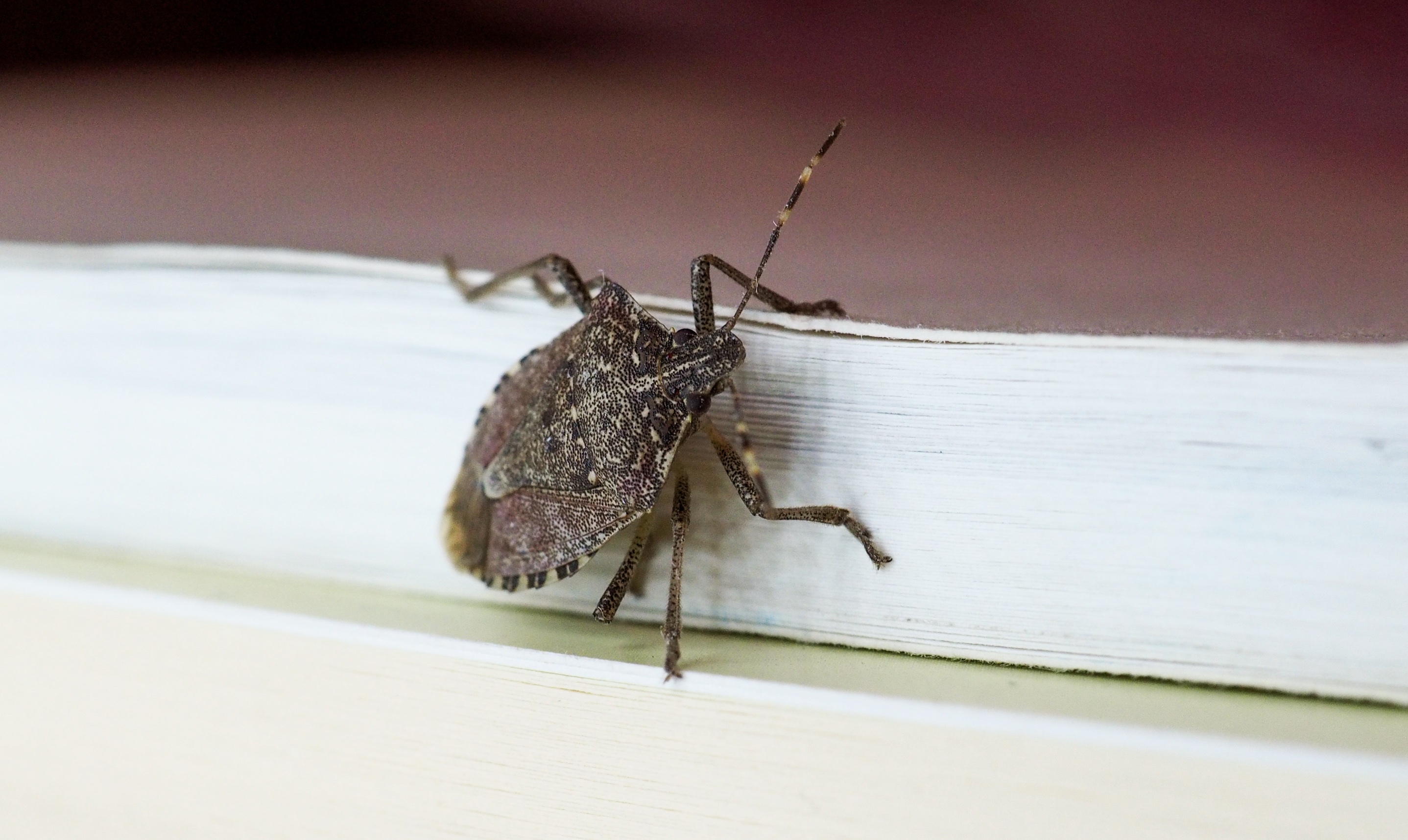
As fall arrives many pests start to seek shelter from the cold. Their instinct is to find a warm retreat — which can often be your home! While we know that spiders are a common nuisance during the fall, stink bugs are another pest that also find their way inside. However, what makes stink bugs worse than other pests that enter your home is their smell. Once startled or crushed they emit a foul-smelling odor.
And wherever you live in the U.S. you can’t escape them. To find out more about stink bugs, why they creep inside during fall and how to get rid of them, I reached out to Emma Grace Crumbley, entomologist at Mosquito Squad Plus.
Stink bug cheat sheet: 5 top tips
- Apply weather stripping, caulk, and replacement screens to seal up common entry points around windows and doors
- Dilute herbal essential oils (such as mint or clove) in water and spray around windows, doors, and screens
- Destroy any stink bug egg masses in your yard, garden, or other vegetation
- Remove stink bugs by hand or with a vacuum cleaner
- If all else fails, hire a professional pest expert
How to identify stink bugs
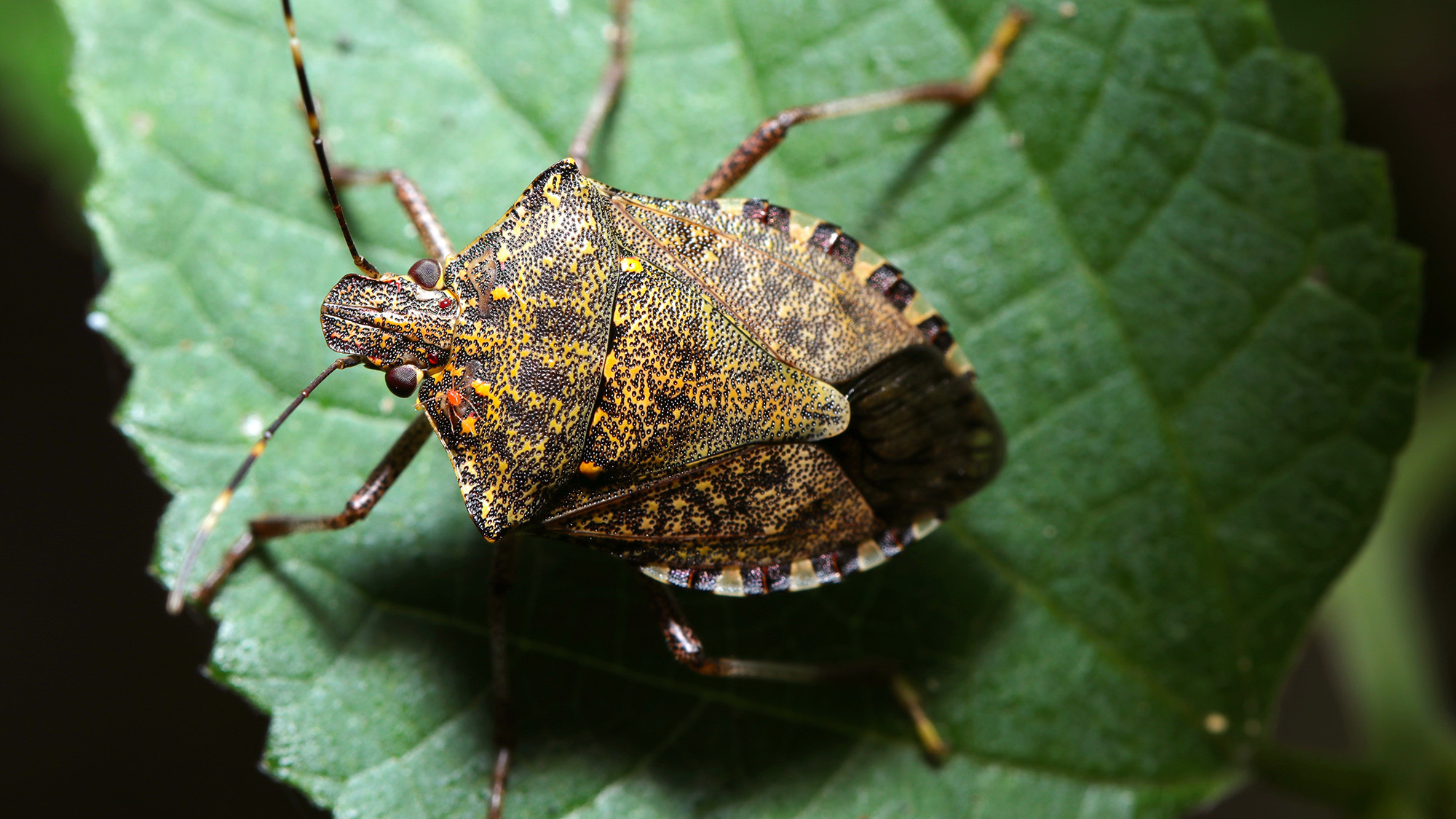
First of all you need to know what stink bugs look like — or smell like! Crumbley explains that common types of stink bugs include the invasive brown marmorated stink bug and the native green stink bug. Although they are more often identified by their foul smell, you can also distinguish them by their appearance.
“Brown marmorated stink bugs are identified by the marbled pattern on their back and alternating light and dark banks on their antennae and the edges of the body. They are commonly found throughout the eastern and midwestern U.S.,” she explains.
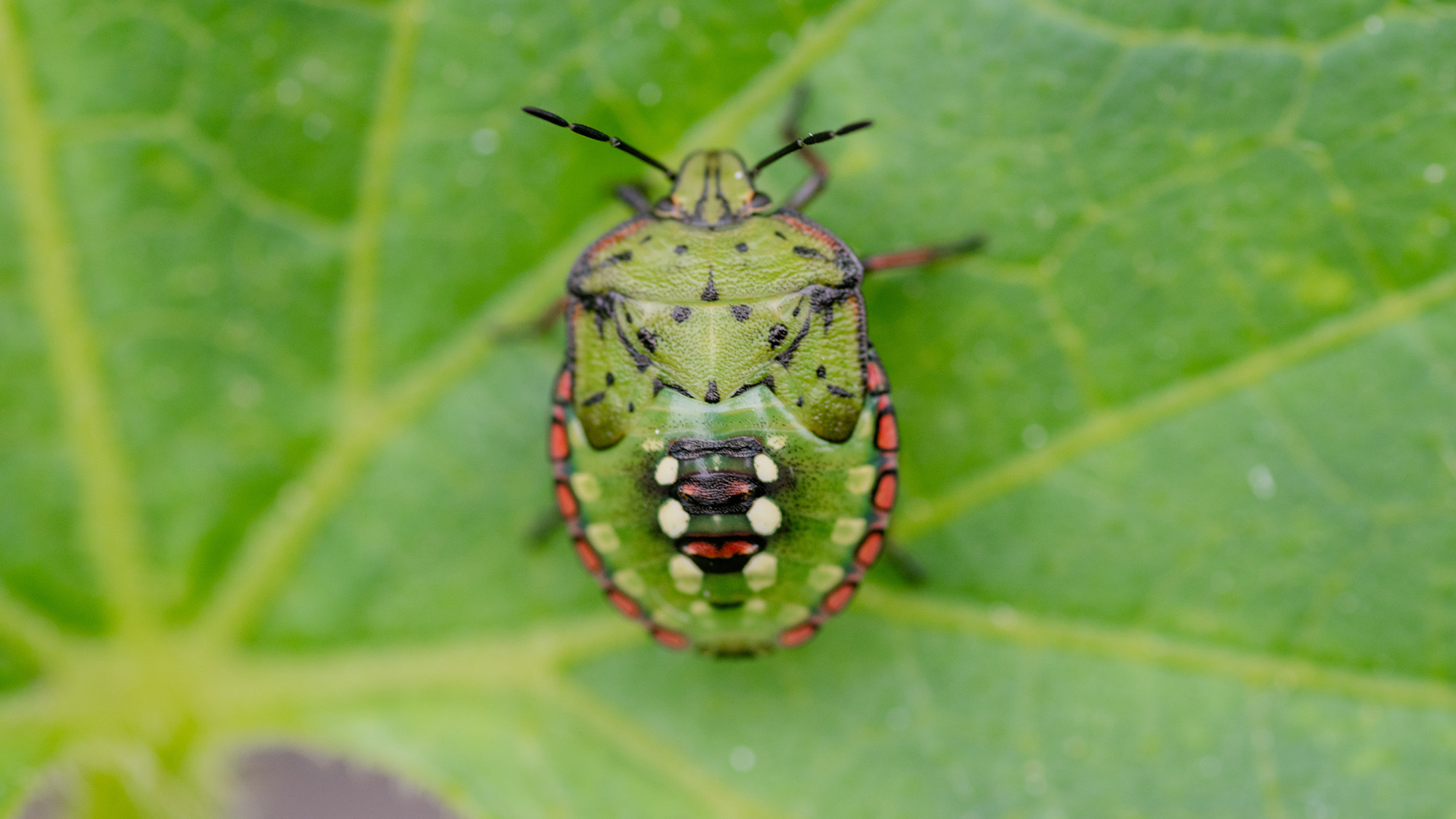
Meanwhile, the green stink bug takes on a slightly different appearance, with Crumbley explaining that they are bright green with a narrow orange or yellow border along the edge of their body. And although native to North America, they can be found throughout the U.S.
Can stink bugs cause harm?
Stink bugs don’t cause any real harm to people or pets, though Crumbly explains the chemicals they emit when they are threatened can be irritating — especially if they get into your eyes or mouth. However, they can't bite or sting.
She regards them as nuisance pests, saying, “The most damage they cause to homeowners is damaging their peace of mind.”
Get instant access to breaking news, the hottest reviews, great deals and helpful tips.
In fact, they are very similar to having too many ladybugs inside your home.
Why do stink bugs turn up in the fall?
“Stink bugs are active from spring through fall, though they become a significant nuisance to people during the later months of the year,” says Crumbley.
In the spring and summer, she explains that stink bugs are busy feeding on plants and finding mates, and can be found outside in gardens, orchards, lawns, and other green spaces where they have ample food and places to hide.
However, once the weather gets colder stink bugs will search for shelter, and seek warm areas to infest.
Why do stink bugs seek warmth?
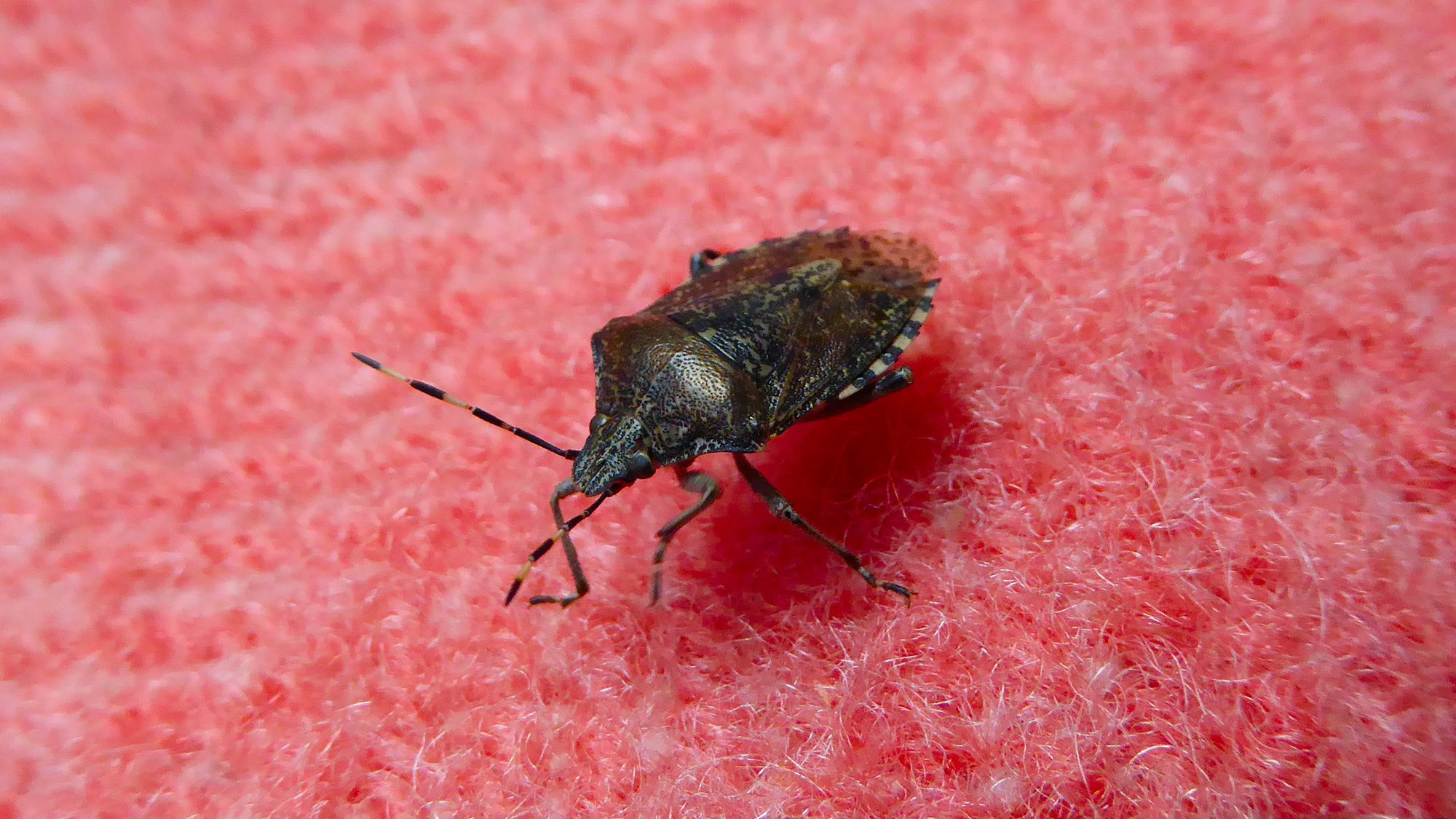
Crumbley explains that just like other insects, stink bugs are cold-blooded and can’t thermoregulate the same way other animals can. “Instead of using their metabolism to warm themselves up, insects have to physically move themselves to escape unfavorable temperatures, and unfortunately, this means they end up moving into structures like our homes.”
But they’re not loners. “The extra annoying part of a stink bug infestation is the number of pests you might see,” says Crumbley, “While it's common to see an occasional lone stink bug wander in, some species, like the invasive brown marmorated stink bug, will infest homes more aggressively and are often seen in small groups.”
Where do stink bugs thrive?
Stink bugs are primarily attracted to the warmth of your home, rather than a place to find nourishment. Crumbley explains, “In nature, stink bugs are herbivorous and feed on a variety of fruits, flowers, and crops. While your home might offer some food sources, especially in outdoor gardens or leaf piles close to the side of the house, stink bugs aren't entering your home hoping to find food.”
However, there is a consequence of them seeking warmth over food. “Stink bugs tend to die in the structures they infest due to a lack of food, which is another reason they are a nuisance to homeowners,” she explains.
How do stink bugs get indoors?
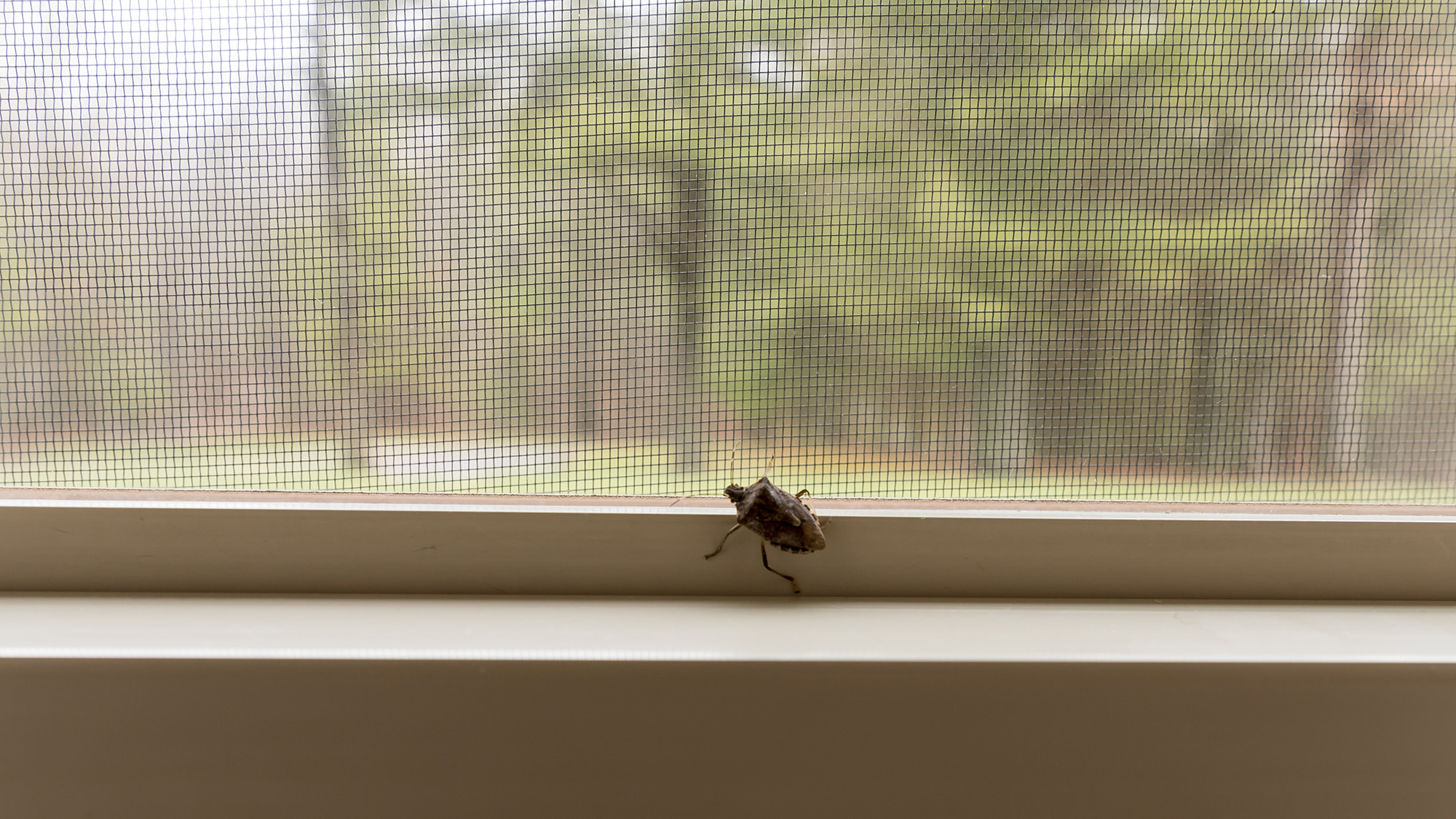
Stink bugs are opportunists. They look for any available entry point to get inside — from a screen, window sill, door frame, vent or chimney.
“Once inside the home stink bugs will either infest areas with abundant light and warmth, typically near windows and high ceilings, or they will infest undisturbed areas, such as under furniture, behind baseboards, in closets, or attics,” says Crumbley.
How to stop stink bugs getting inside

Crumbley explains that there isn’t a method that homeowners can use to “lure" these pests away from their home, but significant research has shown that certain natural herbs, such as mint and clove, effectively repel stink bugs.
“Diluting these oils in water can create a fine spray that can be applied to areas where stink bugs are likely to interact, such as windows, doors, and screens,” she says.
To effectively prevent stink bugs she advises inspecting your home for entry points. “Even the smallest gaps, cracks, and holes can let stink bugs, in addition to other pests, into the home,” she says.
To keep them out she also suggests applying weather stripping, caulk, and replacement screens to seal up entry points.
This clove essential oil is 100% pure and can be diluted to use in a spray to prevent stink bugs from invading your home. The 4 fl oz bottle comes with a dropper for ease of use.
How to get stink bugs out
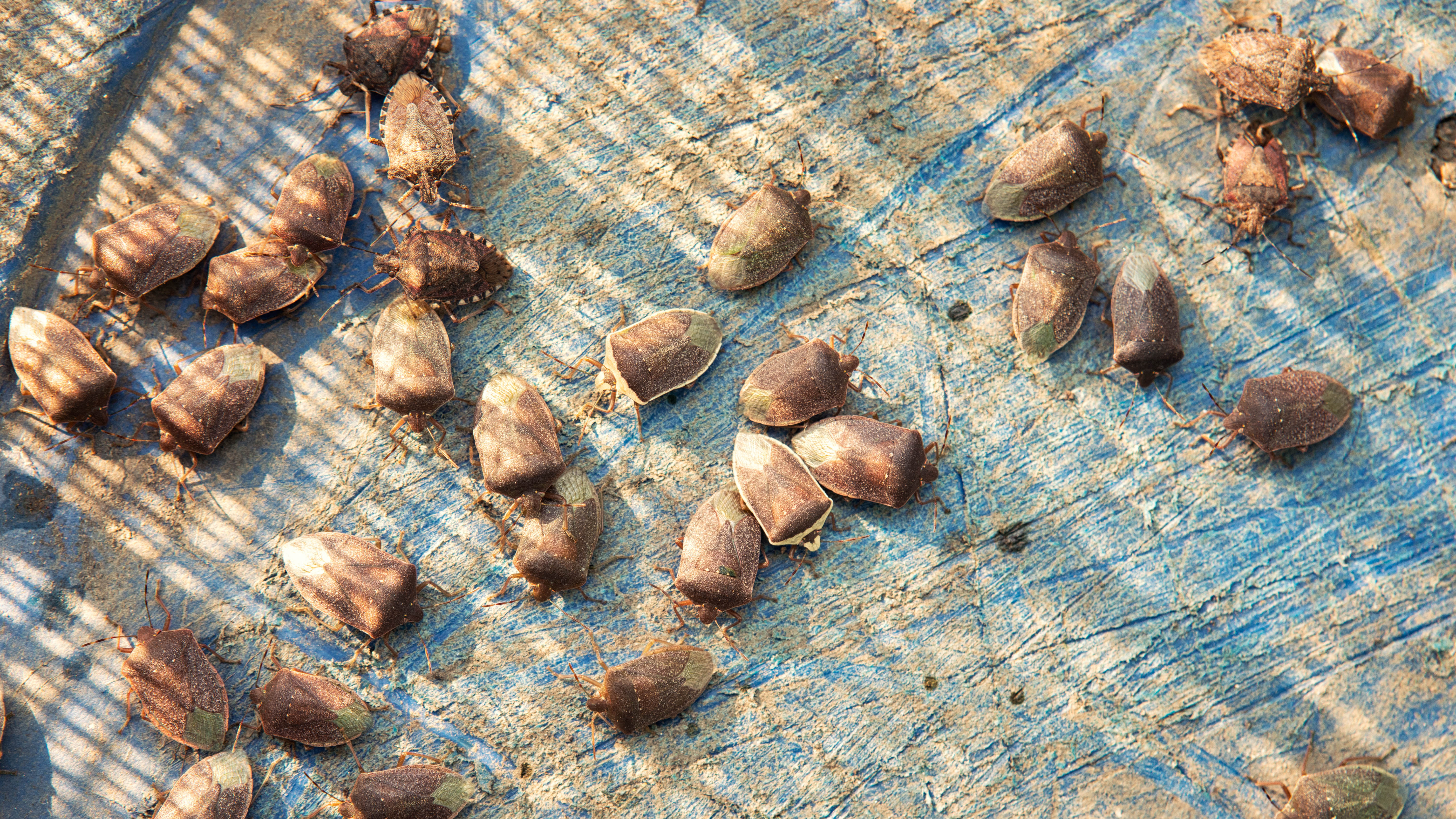
The best plan is to prevent stink bugs getting inside your home to begin with, although Crumbley says that can be a particular challenge with the brown marmorated stink bug as populations are very “mobile”.
However, if they do get inside, here are four methods she advises to follow:
1. Destroying any egg masses
“Carefully remove any stink bug egg masses found in your yard, garden or other vegetation,” says Crumbley, and she adds, “Vacuum up any that get into your home.”
2. Physically remove stink bugs
Stink bugs are fairly easy to move back outside, and she suggests using a cup, jar, or other container. “They don’t bite or sting, and though they can fly, quick and calm movements should allow you to catch them before they fly to a higher part of the home,” she says.
3. Vacuuming
If you’re not keen on getting close to stink bugs, Crumbley recommends removing them with a vacuum cleaner. “Sucking up pests should be mess-free and can provide a quick solution to an annoying stink bug problem,” she adds.
4. Hire a professional pest expert
When the above precautionary methods aren’t enough to address a stink bug infestation, she recommends contacting a pest control expert to take care of the problem.
Follow Tom's Guide on Google News and add us as a preferred source to get our up-to-date news, analysis, and reviews in your feeds. Make sure to click the Follow button!
More from Tom's Guide
- 5 pests that bite you in your sleep
- Here's why there are so many ladybugs right now, and how to prevent an infestation in your home
- Prevent unwanted fall guests: How to keep 5 common pests away this season

Camilla is the Homes Staff Writer and covers everything to do with homes and gardens. She has a wealth of editorial experience, mounting over 30 years, and covers news and features, tests products for reviews and compiles buying guides.
Her work has appeared in business and consumer titles, including Ideal Home, Real Homes, House Beautiful, Homebuilding & Renovation, and Kitchen & Bathroom Business. She’s even appeared on the cover of Your Home, writing about her own house renovation.
Although she’s obsessed with decorating her home, she also enjoys baking and trying out the latest kitchen appliances. But when she’s not inside, you’ll find her pottering about in her yard, tending to her vegetable patch or taking in her prized hydrangeas.
You must confirm your public display name before commenting
Please logout and then login again, you will then be prompted to enter your display name.

